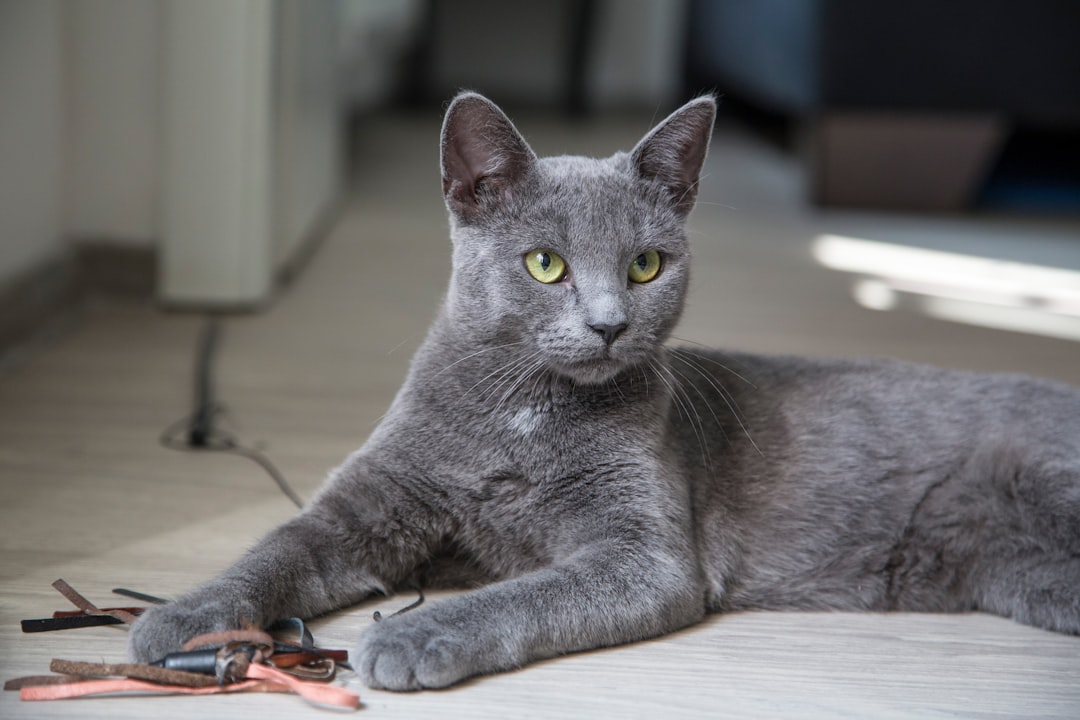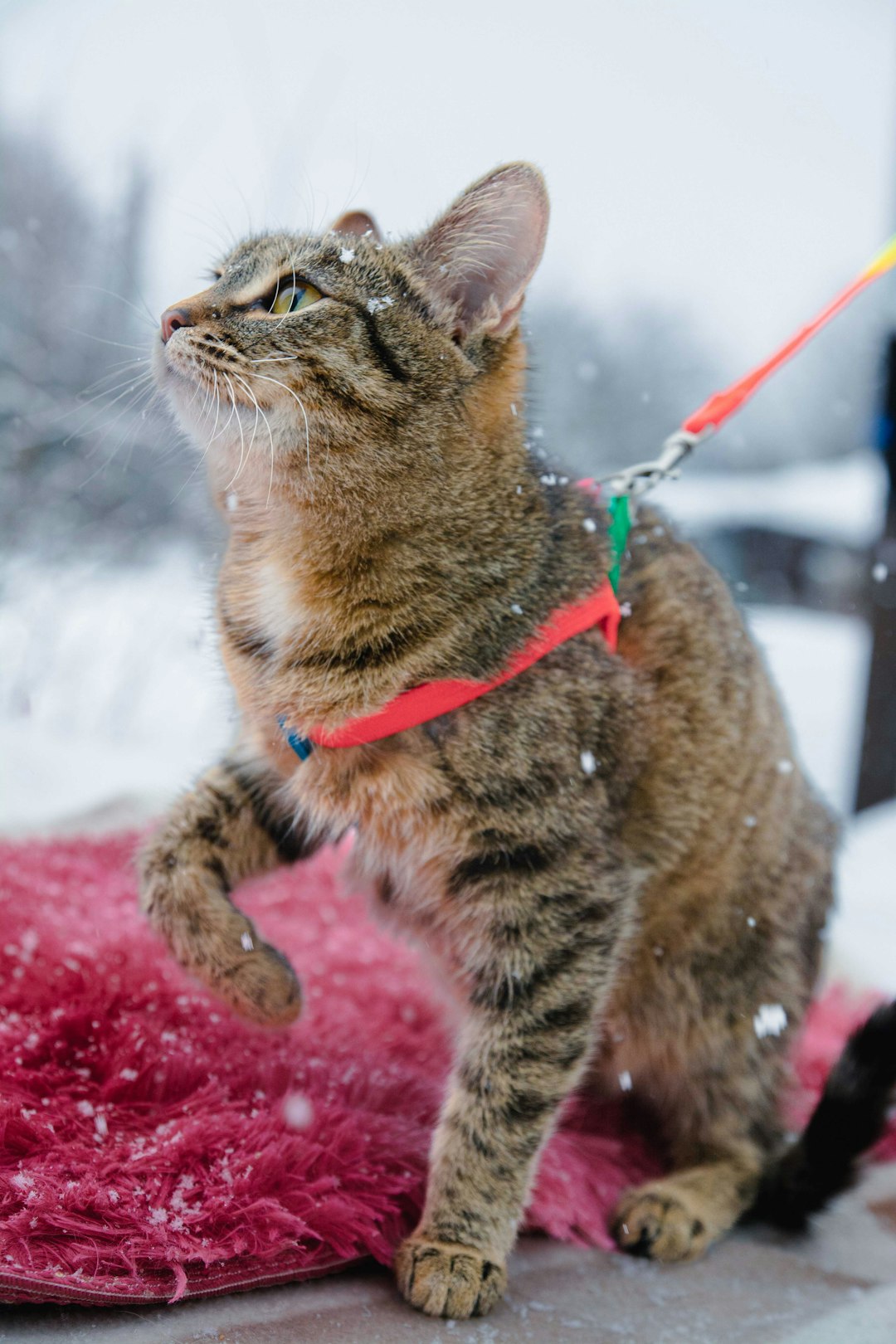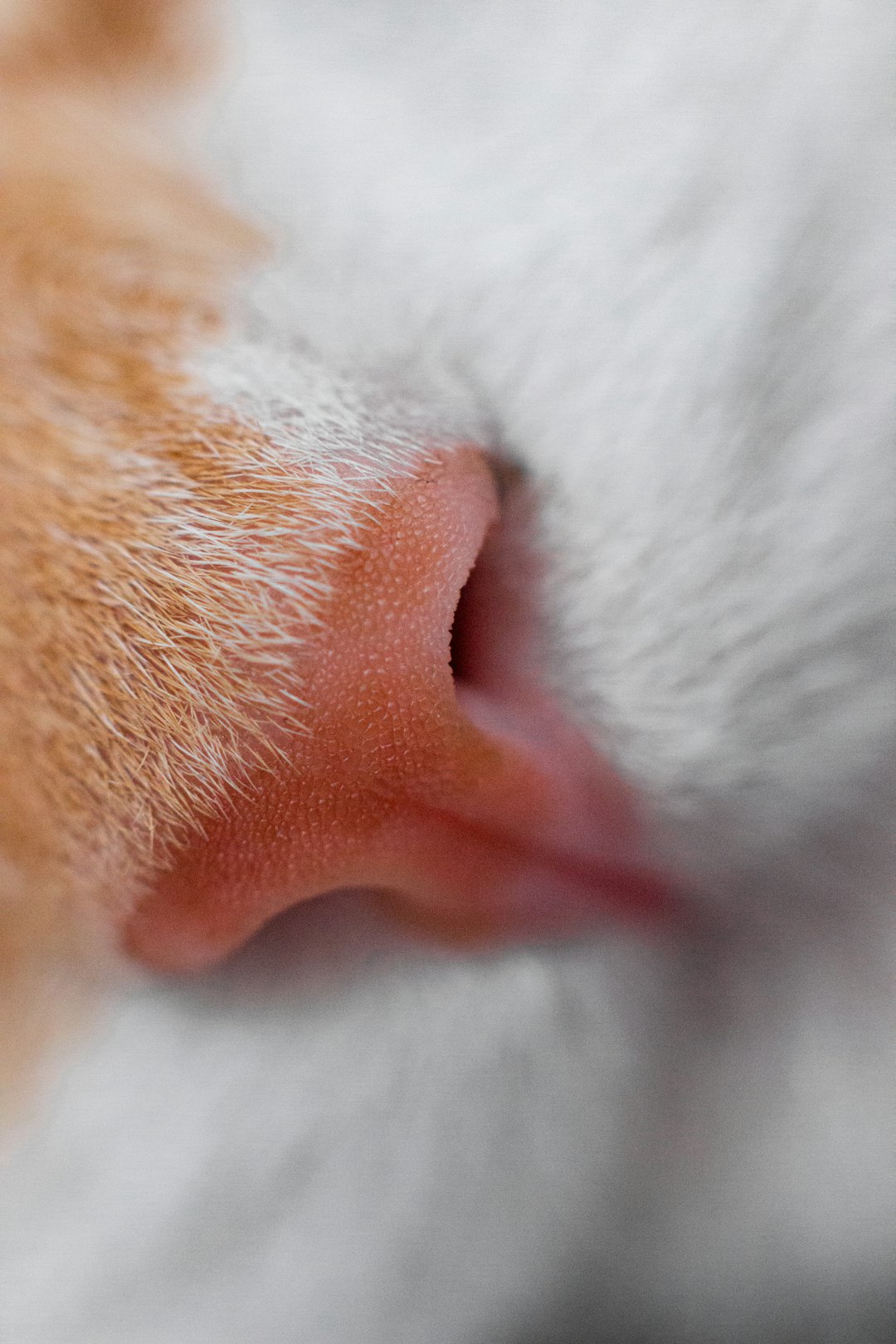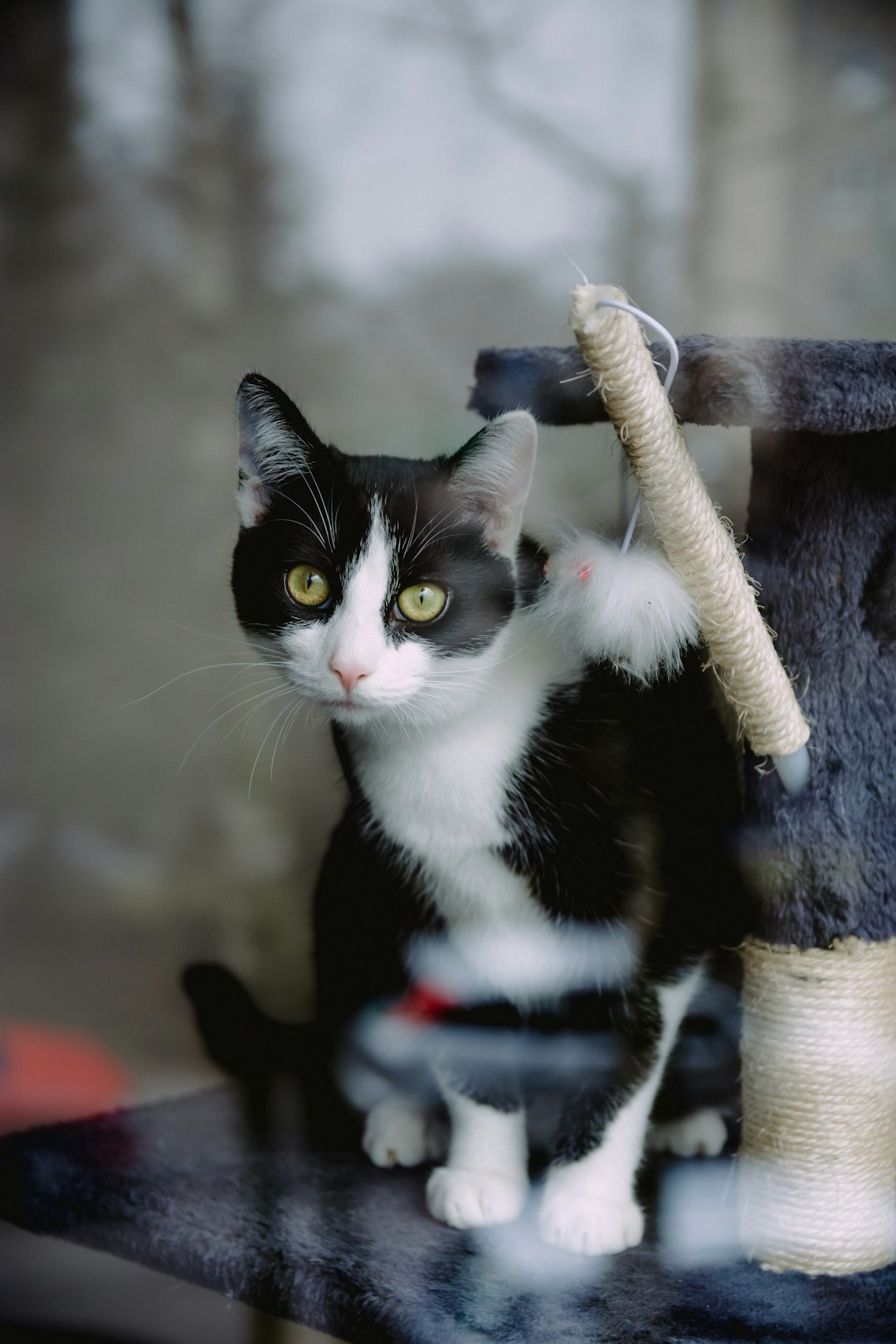When considering the factors that influence persian cat price, potential buyers must navigate a complex market that takes into account various elements. Physical characteristics, such as coat color and pattern, significantly impact the value, while the breeding lineage can elevate a cat’s desirability. Additionally, a cat’s age and health status, including genetic testing results, play crucial roles in determining cost. Location and market demand further affect pricing dynamics, highlighting the importance of breeder reputation and overall supply chain considerations. Ultimately, understanding these factors can help enthusiasts make informed decisions when purchasing a Persian cat.
Physical Characteristics that Influence Price
When considering the persian cat price, physical characteristics play a significant role in determining its value. Here are several key features that can influence price:
Coat Length and Texture: Persian cats are known for their long, luxurious fur. Cats with particularly dense, soft coats may command higher prices.
Eye Color: The eye color of a Persian cat can impact its price, with vibrant blue or copper eyes being more desirable.
Facial Structure: Flat-faced Persians often fetch higher prices compared to those with a more traditional appearance due to their unique appeal.
Color and Patterns: Rare colors, such as Himalayan or exotic patterns like bicolor and tabby, can significantly increase the persian cat price. Common colors like white or cream typically have lower prices.
Choosing a Persian cat involves balancing budget and personal preference. Understanding how these physical traits affect the persian cat price can help potential owners make informed decisions.

Breeding and Lineage Impact on Cost
When considering persian cat price, breeding and lineage significantly influence the cost. Here’s how these factors play a role:
Quality of Breeding:
- Cats from reputable breeders generally command higher prices.
- Healthy mating practices and well-planned pairings enhance the pedigree.
Champion Lineage:
- Kittens with champion bloodlines exhibit superior traits.
- This includes coat quality, temperament, and conforming to breed standards.
Show Potential:
- Cats bred for show typically have a higher price tag due to intensive care and training.
- Prospective owners willing to pay more often seek show-standard cats for competitions.
Breeder Reputation:
- A breeder’s history and reputation for producing high-quality Persian cats can raise the persian cat price.
- Verified and trusted breeders invest time in genetics and health, leading to premium pricing.
In conclusion, breeding and lineage critically shape the persian cat price. When choosing a Persian cat, considering these aspects ensures you understand the investment involved.
Age and Its Role in Valuation
When it comes to persian cat price, age plays a significant role in determining market value. Here’s how age influences pricing:
Kittens: Generally, Persian kittens are priced higher, often ranging from $1,000 to $3,000. Their playful nature and potential for bonding with families make them desirable among buyers.
Young Adults: Cats aged 1 to 3 years tend to have a varied price range of $800 to $2,500, dropping slightly due to the initial novelty of being a kitten. However, their trained behavior and temperament can still attract buyers.
Senior Cats: Cats over 7 years might be priced lower, typically between $300 to $800. While many might overlook them, adopting an older Persian cat can offer a loving companion at a more affordable price.
In summary, while younger Persian cats command higher prices due to demand, older cats may be overlooked, presenting budget-friendly opportunities without compromising quality. Understanding these age-related factors is crucial in navigating the persian cat price landscape effectively.
Health and Genetic Testing Factors
The health of a Persian cat significantly influences its price. Here are the key components that potential buyers should consider:
Health Screening: Cats that come with comprehensive health records, including testing for common genetic disorders, typically command higher prices. Tests for conditions such as Hypertrophic Cardiomyopathy (HCM) and Polycystic Kidney Disease (PKD) are essential.
Vaccination Status: Vaccinated kittens usually attract buyers willing to pay more because they anticipate fewer health issues in the future. Ensuring that a cat is up-to-date on its vaccinations reinforces its value.
Genetic Background: Cats bred from genetically tested lineage tend to be pricier. Those with clear health backgrounds promise buyers a lower risk of inherited diseases, ultimately influencing the Persian cat price.
Veterinary Care: Regular vet check-ups and clear health histories can boost a cat’s market value. Buyers are often willing to invest more in a cat that has received optimal care.
In summary, the interplay between health status and genetic testing has a direct impact on pricing within the Persian cat market. Investing in a healthy cat not only provides peace of mind but also enhances the overall value.

Color and Patterns as Pricing Factors
The color and patterns of Persian cats significantly influence their market value. Potential owners often seek specific looks, making certain colors and patterns more desirable. Here’s a quick comparison of how different traits affect the persian cat price:
| Color/Pattern | Market Value |
|---|---|
| Solid Colors | Higher Price |
| Bi-Color Variations | Moderate Price |
| Pointed Patterns | Premium Pricing |
| Tabby Patterns | Typically Lower Price |
Key Factors
- Rarity: Rare colors such as blue and lilac tend to command higher prices due to their limited availability.
- Popularity: Shades like white, cream, and black remain trendy, often keeping their persian cat price stable in the market.
- Pattern Type: Owners may pay a premium for distinctive patterns, like the colorpoint variety, pushing prices up.
In summary, both color and pattern are vital aspects that add to the overall desirability and price of Persian cats in the market. Understanding these factors can help buyers make informed decisions when choosing their feline companions.
Location and Market Demand Influences
When it comes to persian cat price, location plays a significant role. Regional demand for Persian cats can fluctuate based on several factors:
Urban vs. Rural Areas: Urban centers typically showcase higher demand due to larger populations and a greater number of potential pet owners. Thus, prices can be considerably higher in cities compared to rural settings.
Local Breeder Practices: The reputation of breeders in a specific region may affect prices. Established breeders with a history of producing quality kittens may charge more than those who are just starting out.
Access to Veterinary Care: Areas with higher veterinary costs can see an increase in persian cat prices, as responsible breeding includes regular health check-ups and vaccinations.
Cultural Preferences: In some regions, Persian cats may be more highly sought after due to cultural perceptions of them as luxurious and prestigious pets, directly influencing their market value.
| Location Type | Average Persian Cat Price |
|---|---|
| Urban Areas | $1,000 – $3,000 |
| Suburban Areas | $800 – $1,500 |
| Rural Areas | $500 – $1,200 |
Understanding these factors can help potential buyers prepare for the persian cat price variations based on their locality.
Reputation of Breeder and Its Effect on Price
When purchasing a Persian cat, the breeder’s reputation significantly impacts the Persian cat price. Reputable breeders often invest time and resources into ensuring their cats are healthy, well-bred, and conform to breed standards. Here’s how their reputation influences pricing:
Quality Assurance: Well-known breeders conduct thorough health checks and genetic testing, raising the standards for their kittens. As a result, cats from reputable breeders generally come with a higher Persian cat price.
Pedigree: Breeders with a strong reputation usually have established lines, which enhances the kittens’ pedigree. High-quality lineage often corresponds to an increased price.
Customer Support: Established breeders offer post-purchase support and advice, adding value to your investment. This support often contributes to a higher price tag.
Ethical Practices: Reputable breeders adhere to ethical breeding practices, which not only ensures the well-being of the cats but also elevates their market value.
In summary, the reputation of a breeder plays a crucial role in determining the Persian cat price, with well-regarded breeders typically charging more due to their commitment to quality and care.

Supply and Demand Dynamics in the Persian Cat Market
The persian cat price significantly reflects the principles of supply and demand. Understanding these market dynamics provides insight into why prices fluctuate. Here are some key factors:
Population of Persian Cats: When there’s a higher supply of Persian cats, prices tend to drop. Conversely, a limited supply can lead to increased demand and, subsequently, higher costs.
Popularity Trends: Changes in trends affect demand. If Persian cats gain popularity through social media or celebrity endorsements, their price typically rises.
Breeder Capacity: Breeders may produce a limited number of litters annually, affecting availability. Fewer kittens on the market can elevate the persian cat price.
Economic Factors: During economic downturns, fewer people may purchase pets, leading to price reductions. Conversely, in a booming economy, luxury pet purchases, including Persian cats, might surge.
Here’s a simple table to illustrate:
| Factor | Impact on Price |
|---|---|
| High Supply | Lower Prices |
| Increased Popularity | Higher Prices |
| Limited Breeding | Higher Prices |
| Economic Downturn | Lower Prices |
Overall, understanding these dynamics helps potential buyers gauge the best time to invest in a Persian cat.
Frequently Asked Questions
What factors influence the price of Persian cats in the market?
The price of Persian cats can be influenced by several factors. Firstly, pedigree plays a significant role; cats with champion lineage or registered pedigree typically command higher prices due to their desirable genetics. Secondly, the coloring and pattern of the cat can also affect its value, as certain hues like the Himalayan or solid colors may be more sought after. Additionally, the breeder’s reputation, whether they engage in ethical breeding practices, health certifications, and the overall market demand can also contribute to pricing. Finally, age and gender can further vary prices, with purebreds being more expensive than mixed breeds.
Are there any hidden costs associated with owning a Persian cat?
Yes, owning a Persian cat comes with several hidden costs beyond the initial purchase price. Grooming is a primary concern, as their long fur requires regular daily brushing to prevent matting, which may necessitate professional grooming sessions, costing around $50 to $100 per month. Additionally, Persian cats are prone to specific health issues such as respiratory problems or dental conditions that may incur veterinary expenses over time. Regular food and supplies like litter, toys, and scratching posts also contribute to the ongoing costs. Therefore, potential owners should budget for these aspects to ensure a well-maintained and happy feline.
How do I find a reputable breeder for Persian cats?
Finding a reputable breeder for Persian cats involves thorough research and preparation. Begin by looking for breeders who are members of recognized cat breeding organizations, such as The Cat Fanciers’ Association (CFA) or The International Cat Association (TICA). These associations often provide directories of certified breeders. Schedule visits to the breeders’ facilities to assess the living conditions and see how they handle their cats. It’s also advisable to ask for health clearances for the parents and to discuss their breeding practices to ensure they prioritize the health and well-being of the cats. Reading reviews and testimonials from previous buyers can give you additional insights into the breeder’s reputation.
What is the average price range for Persian cats?
The average price range for Persian cats can vary widely depending on various factors. Typically, you can expect to pay anywhere from $500 to $5,000 for a Persian kitten, with most reputable breeders pricing their kittens between $1,000 to $2,500. The variance is influenced by factors such as the cat’s pedigree, color, and breeder reputation. Show-quality cats or those with rare colorations can fetch higher prices. Beyond the purchase price, potential owners should also consider long-term financial commitments for food, grooming, veterinary care, and other expenses that accompany pet ownership.



